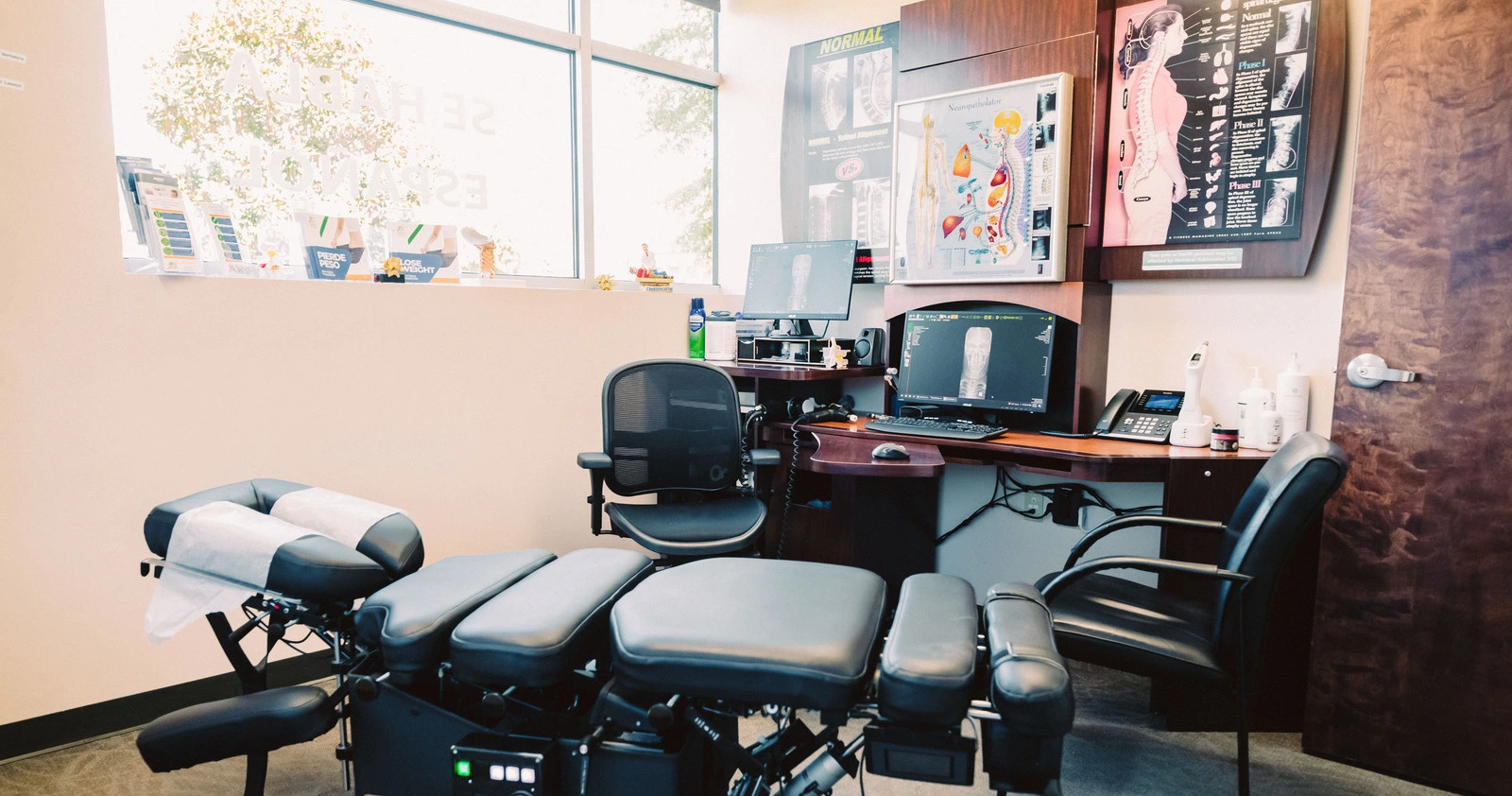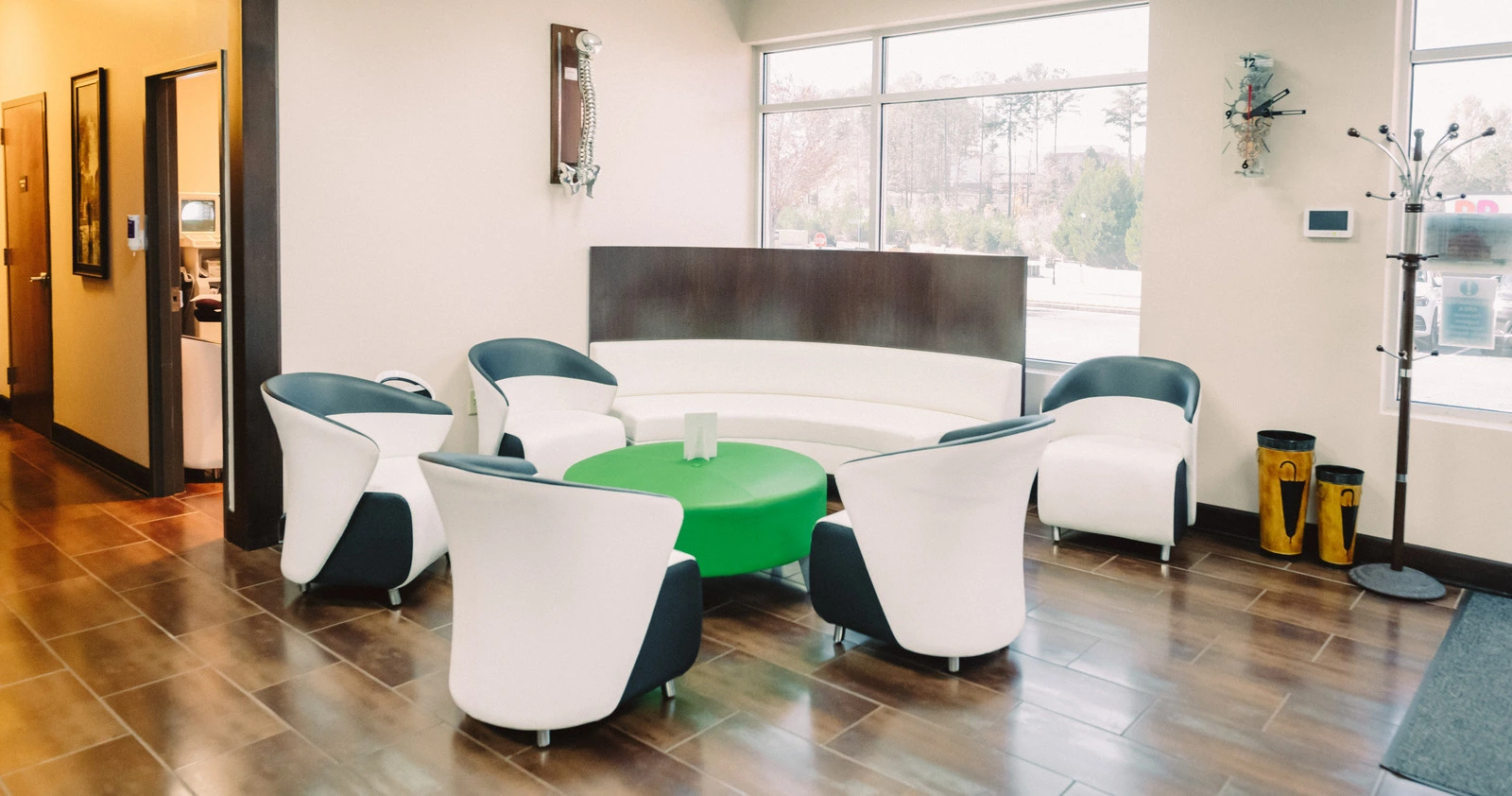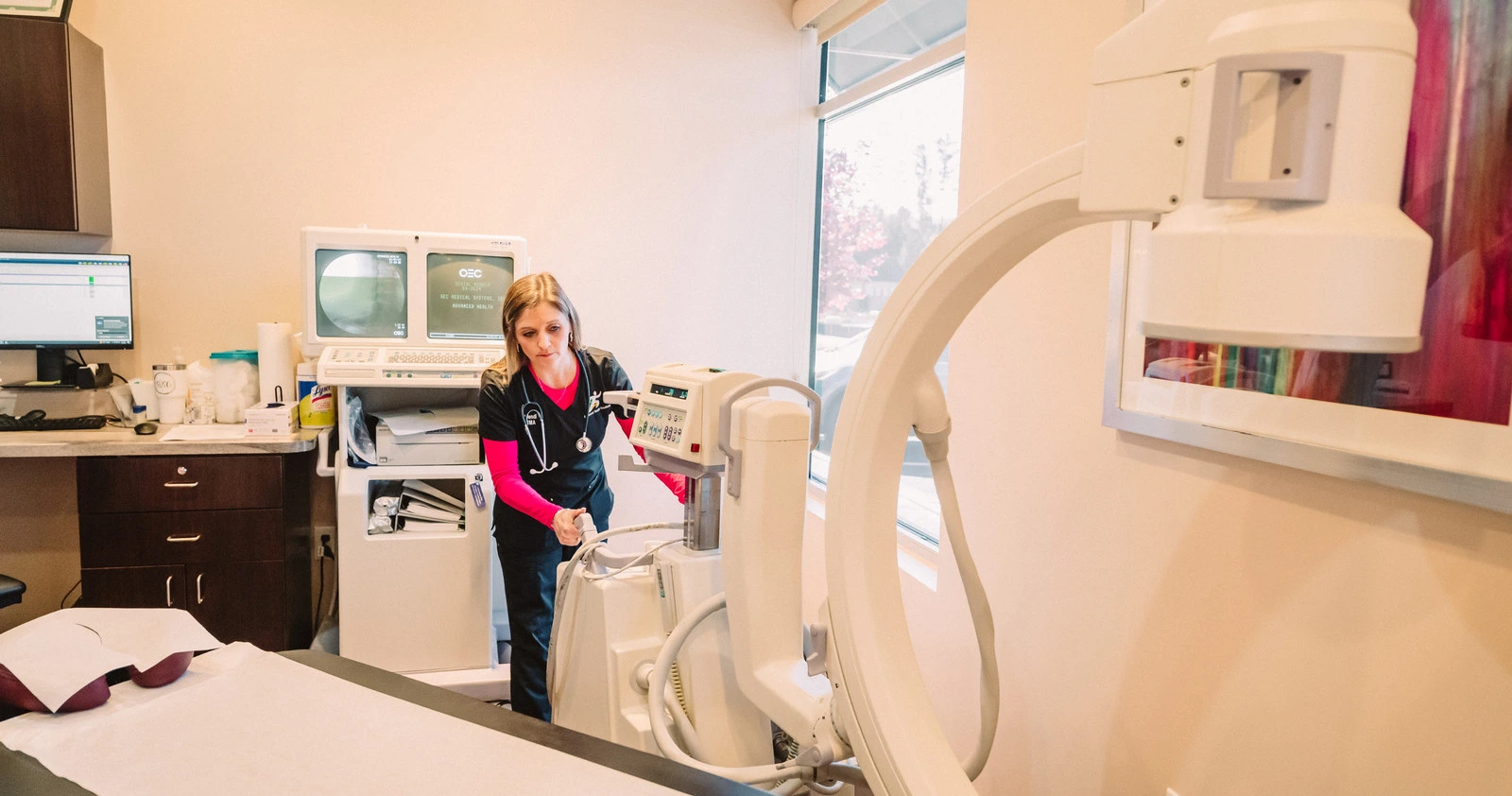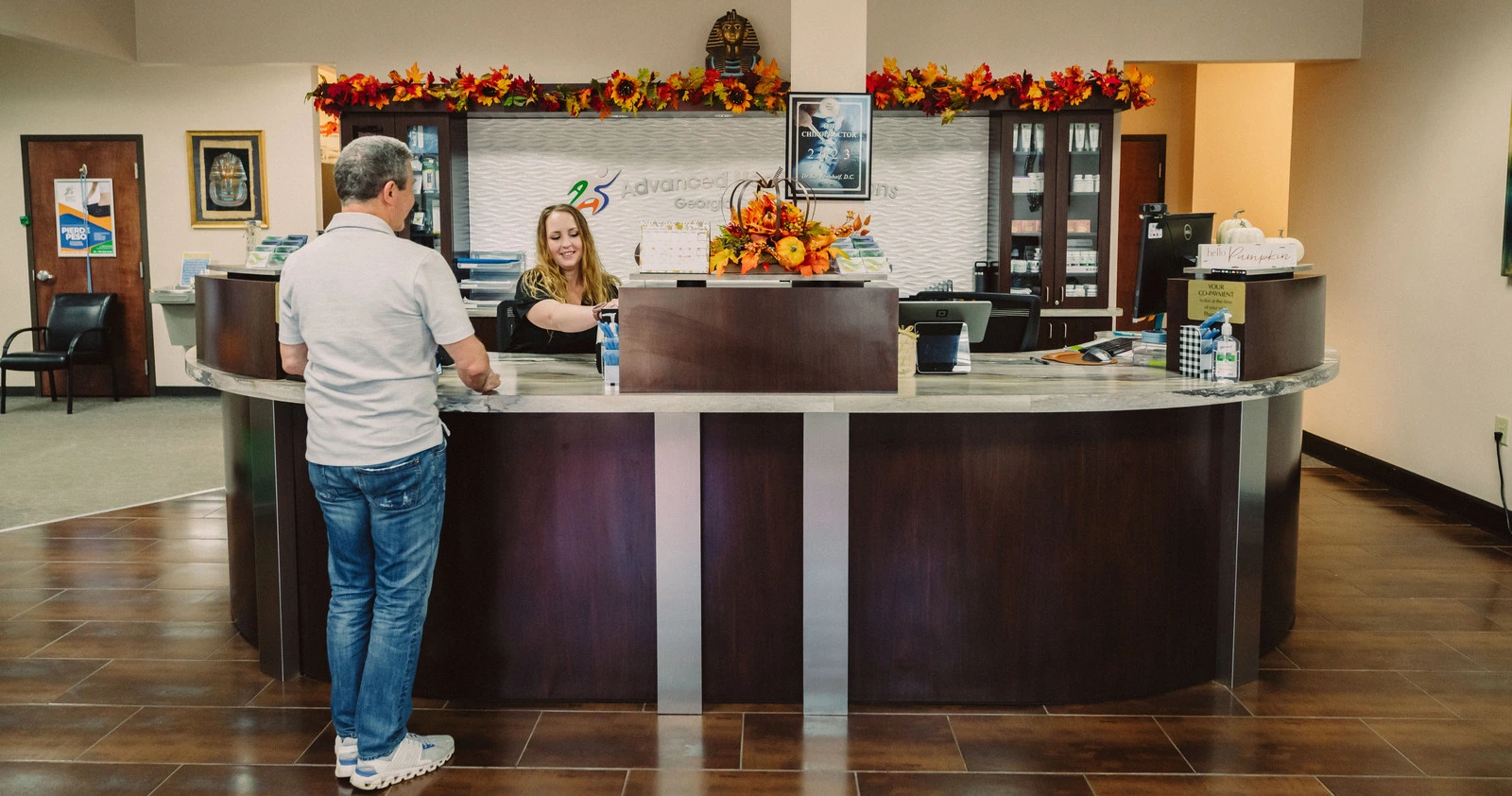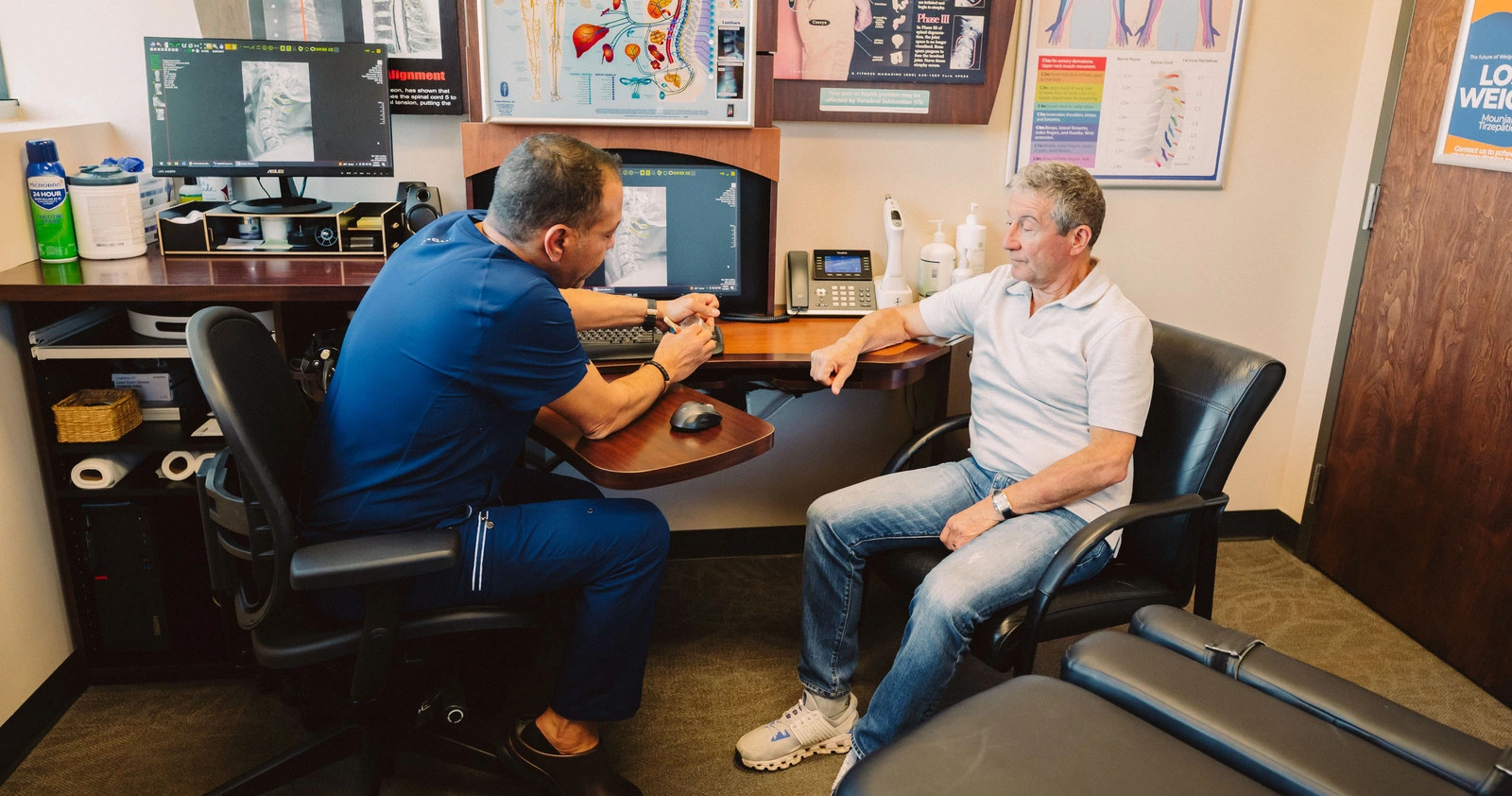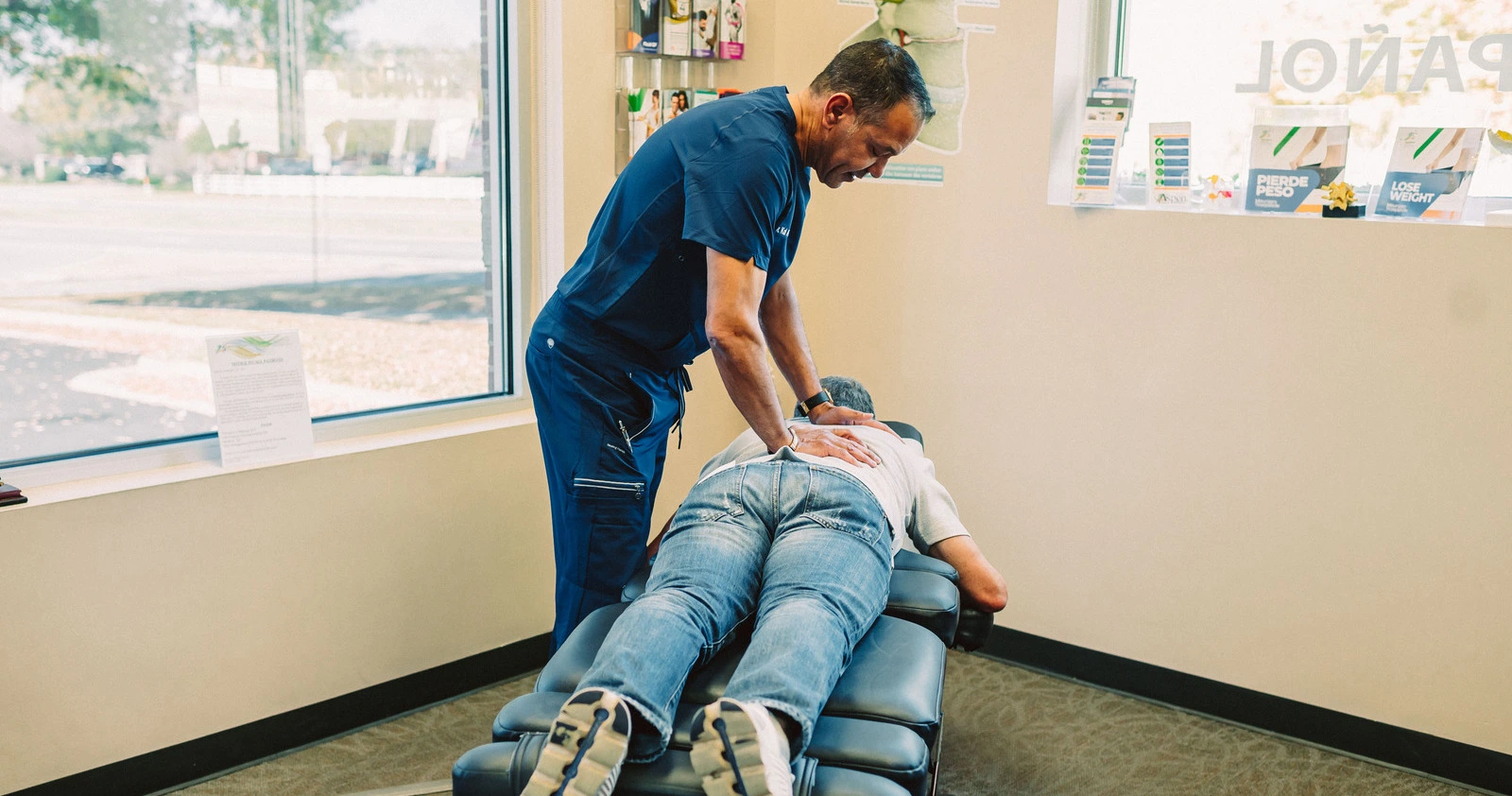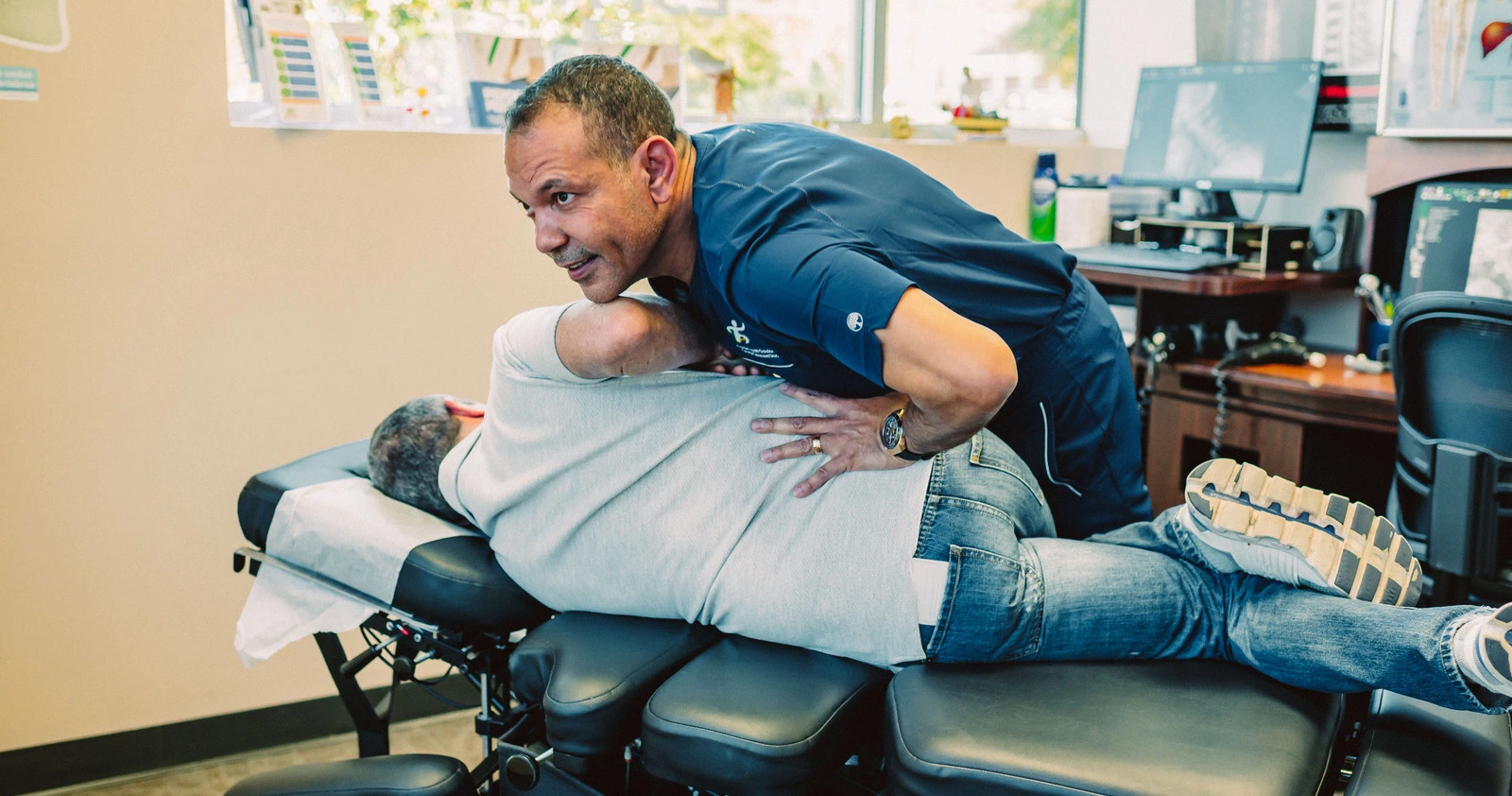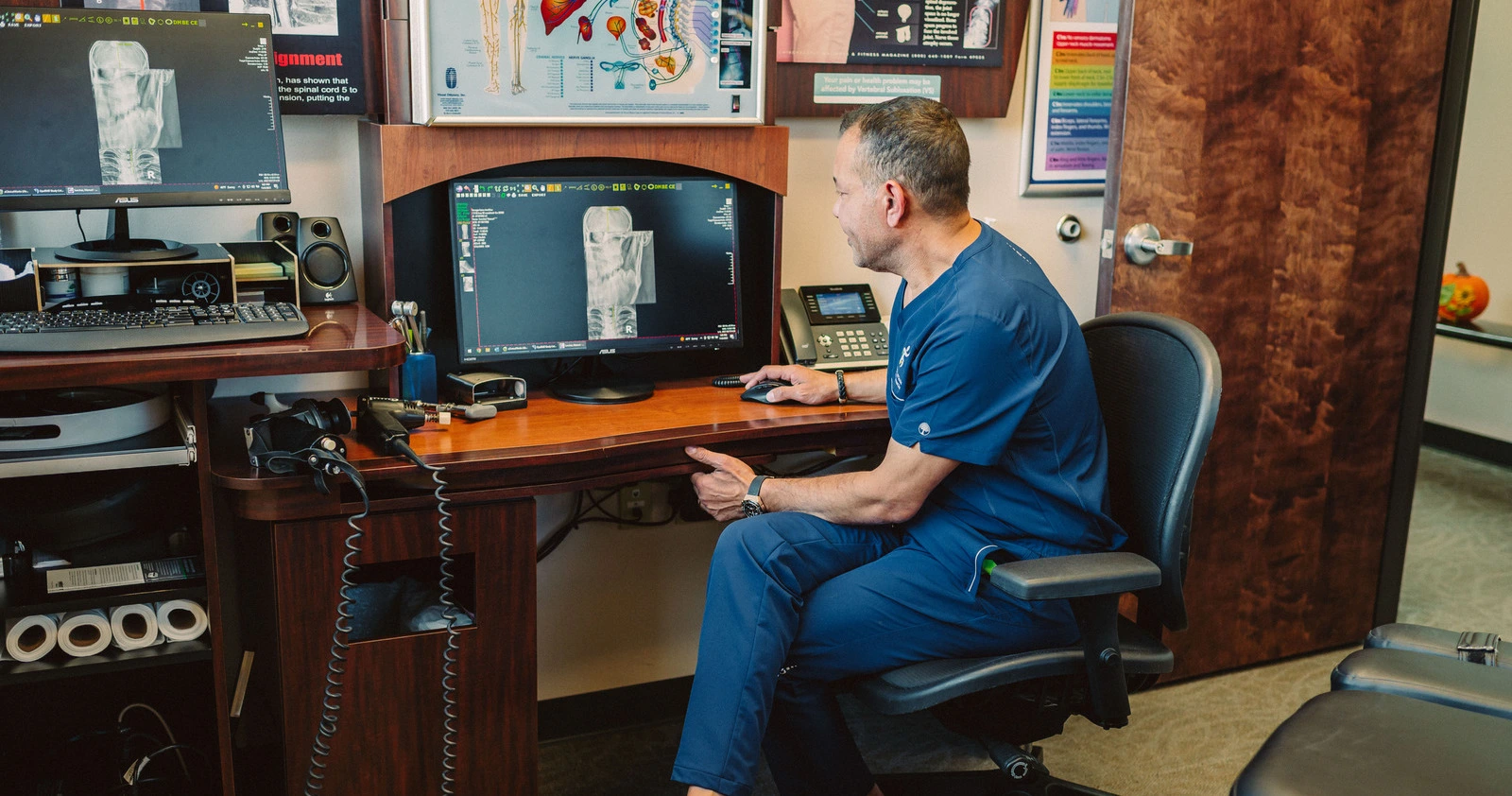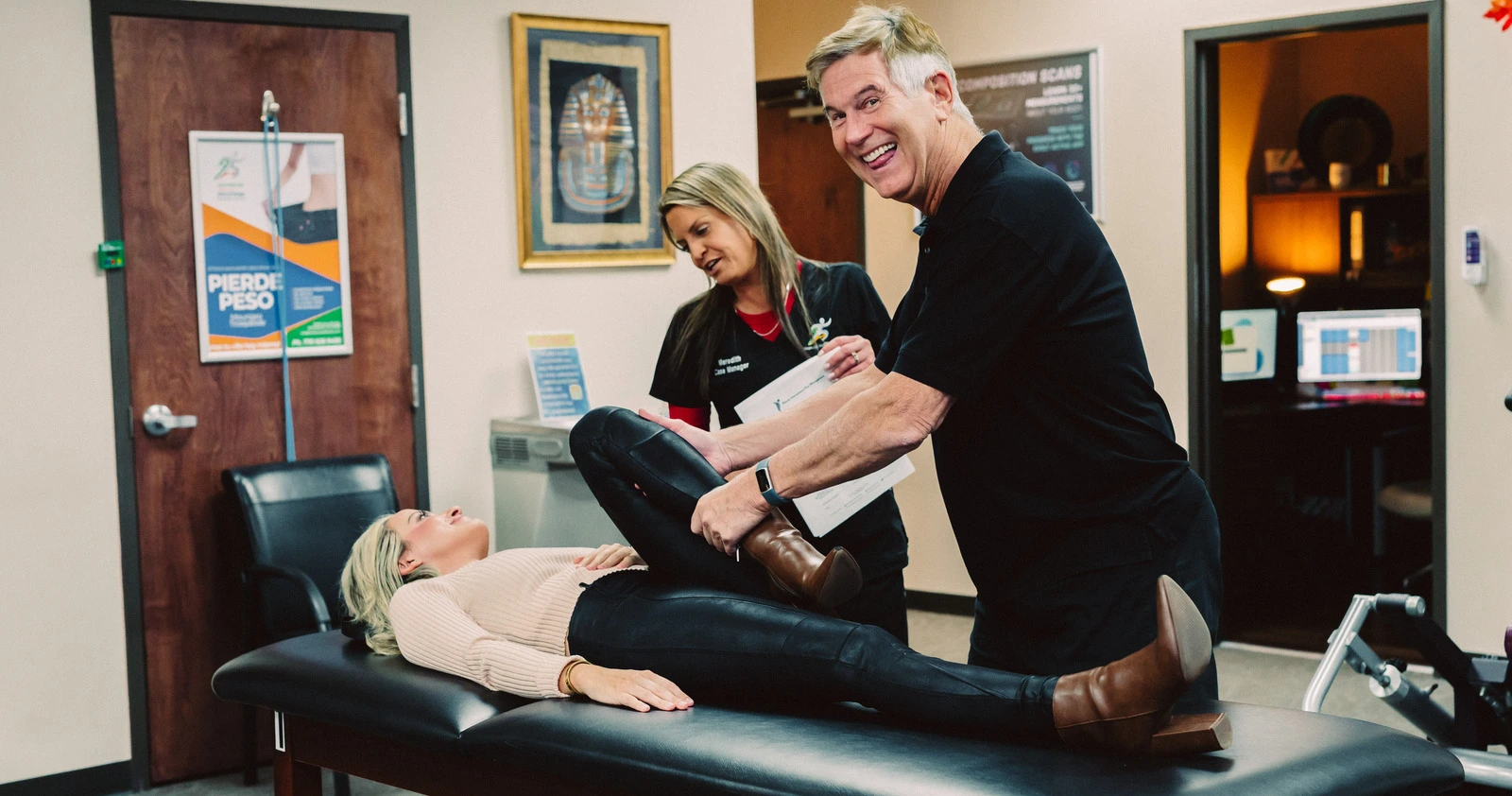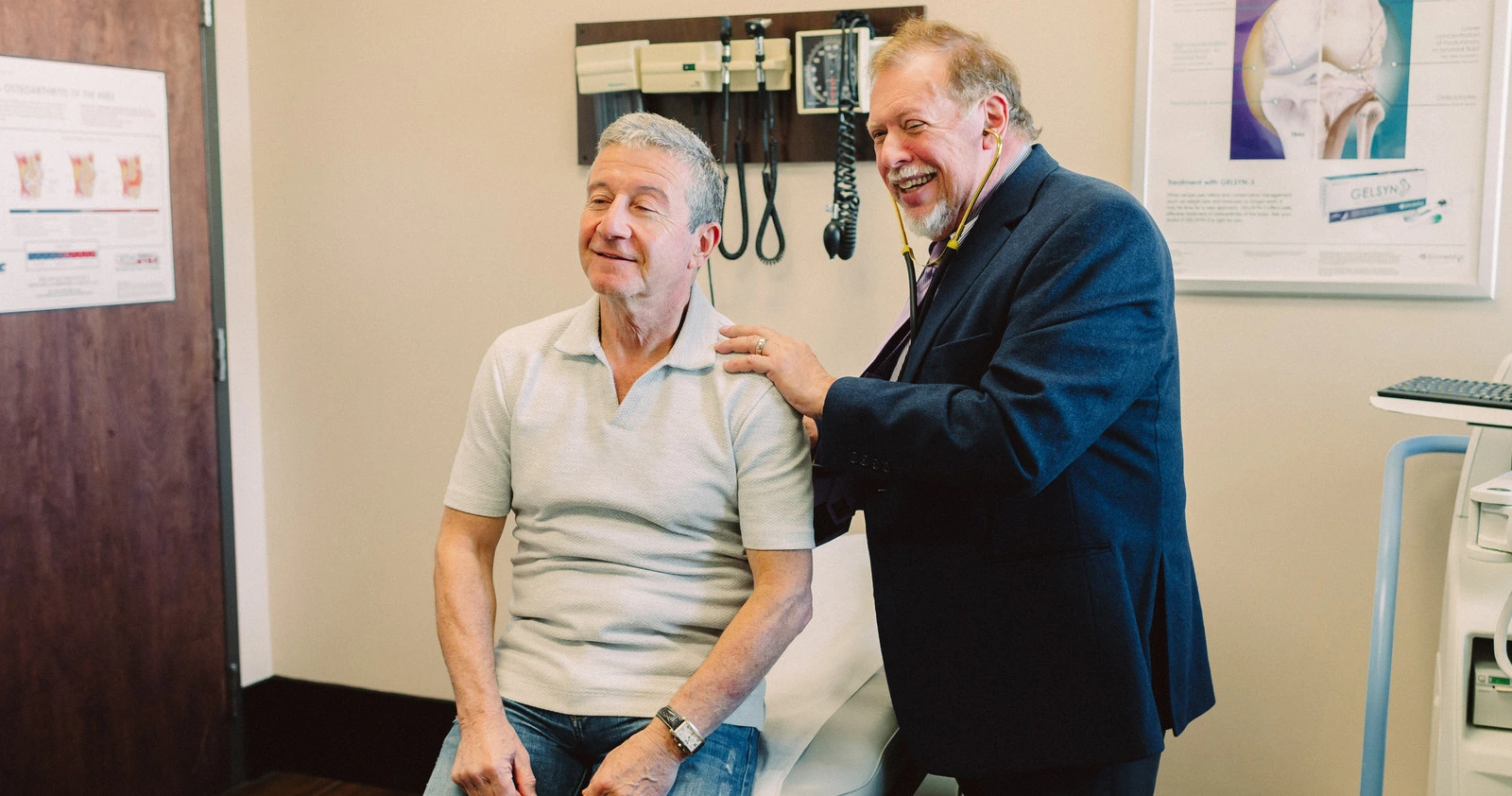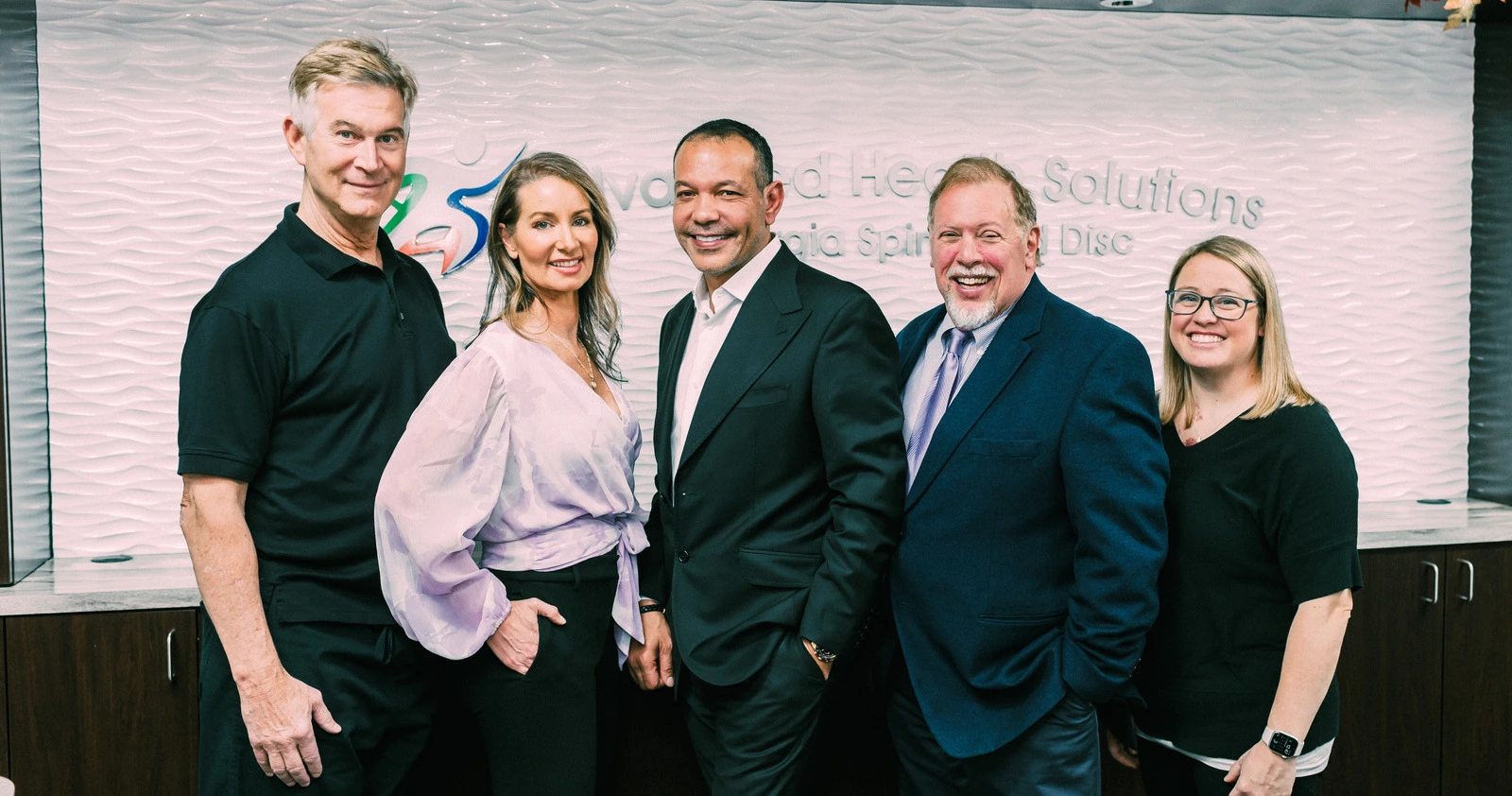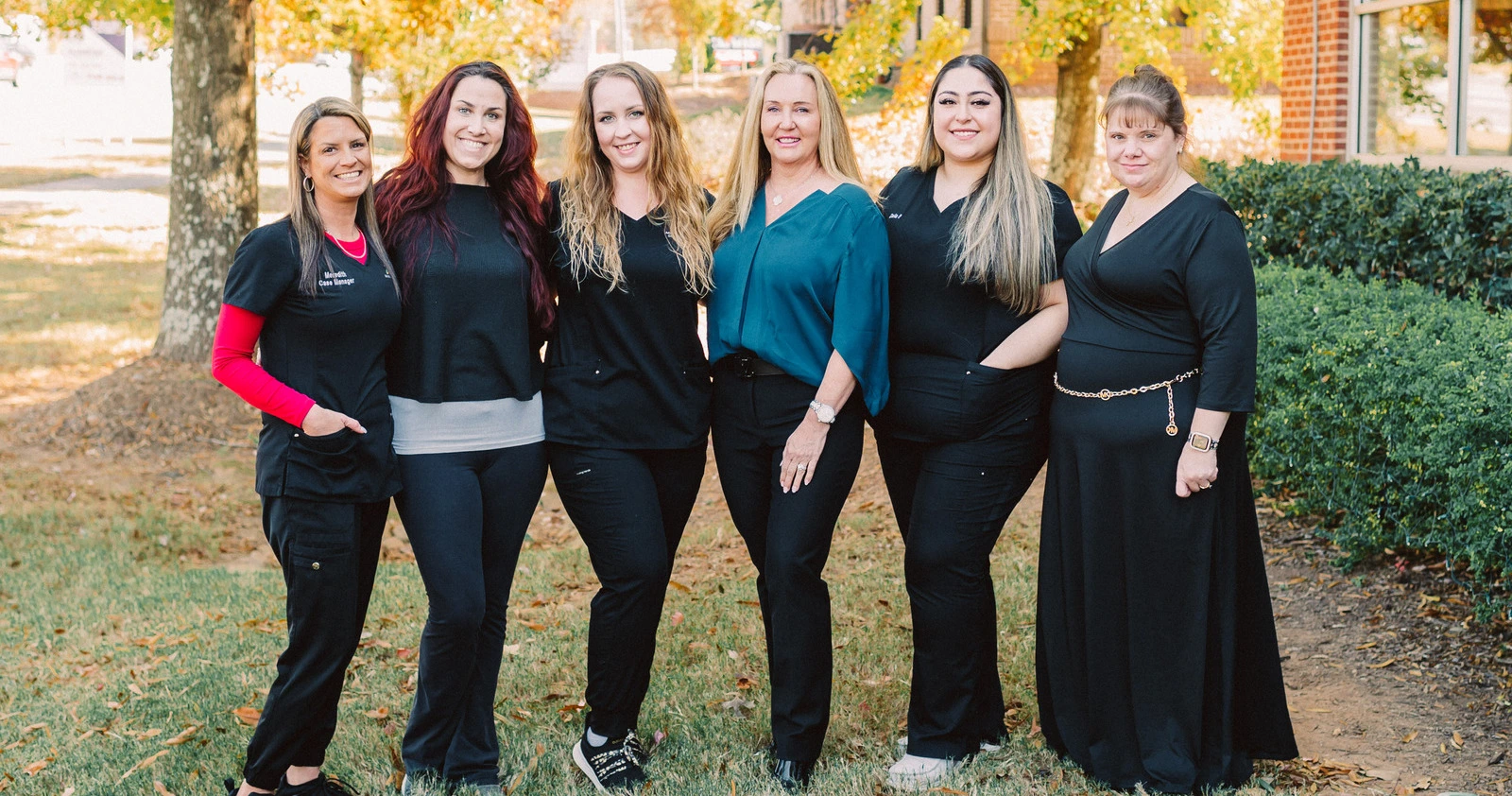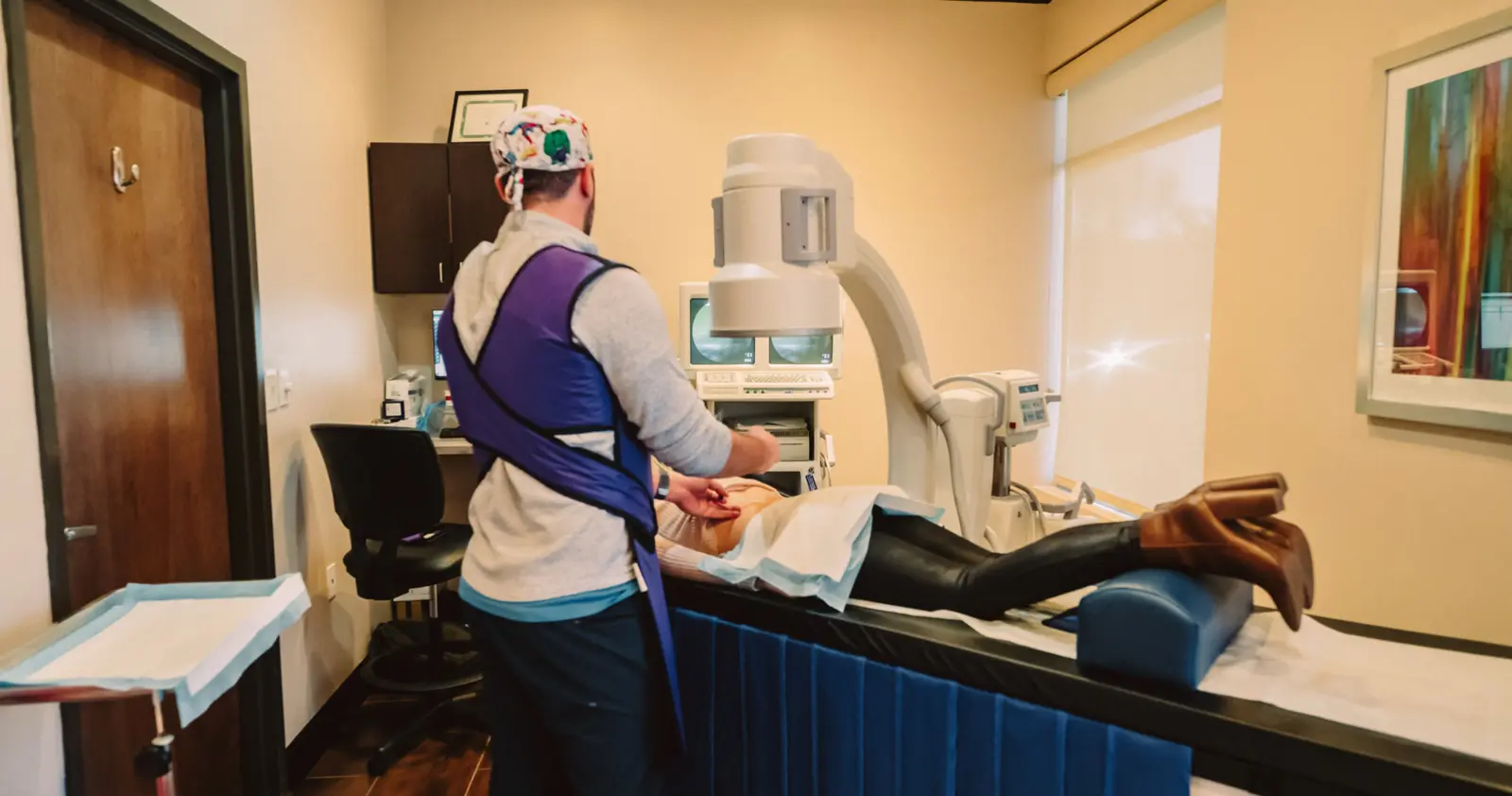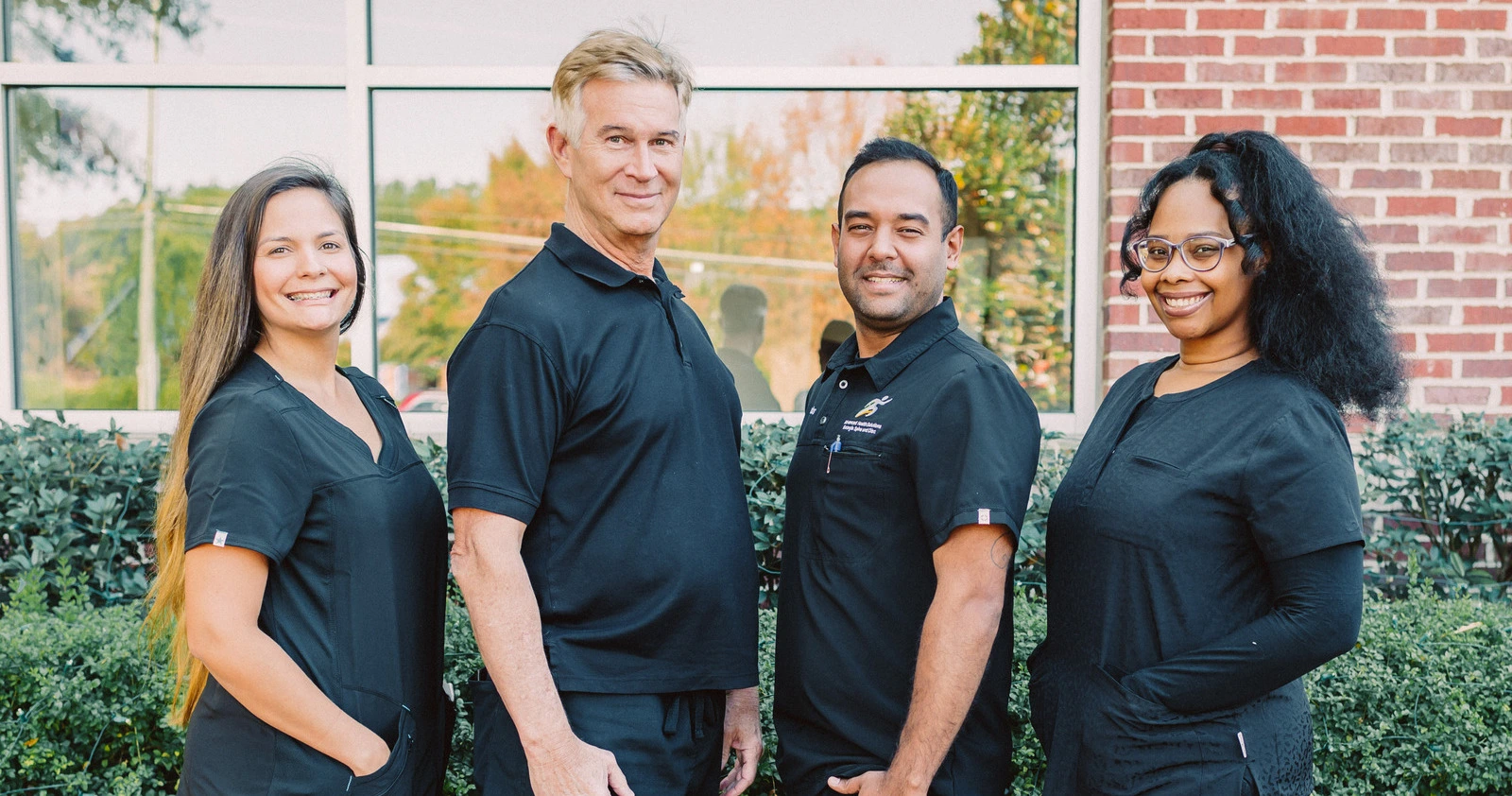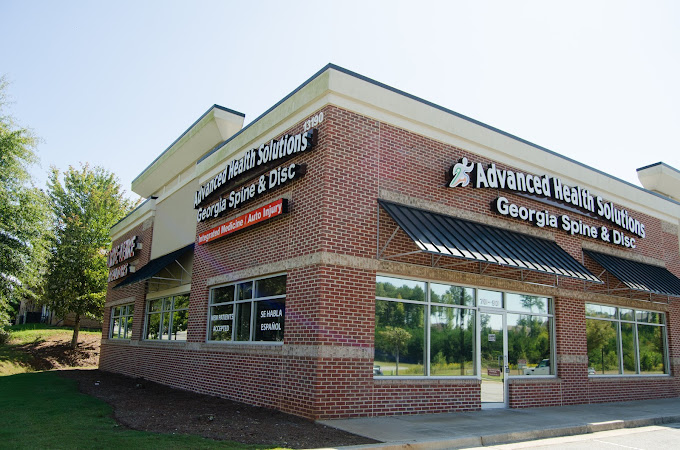
Platelet-Rich Plasma Therapy for Arthritis
Platelet-rich plasma therapy for arthritis Woodstock – also known as PRP therapy or autologous conditioned plasma (ACP) therapy – is a revolutionary treatment that seeks to maximize blood’s natural healing properties to repair damaged muscles, tendons, cartilage, ligaments, or even bone.
While not considered standard practice, some people are increasingly turning to PRP injections to treat a wide variety of orthopedic conditions, including osteoarthritis. PRP therapy is most commonly used for osteoarthritis of the knee but may be used to treat other joint problems as well.
What Is Platelet-Rich Plasma?
Platelets are fragments of blood cells that are best known for their ability to promote blood clotting and healing. However, they also contain several types of proteins known as growth factors.
Therefore, platelet-rich plasma therapy is developed on the notion that these growth factors can promote healing. The process uses a person’s blood, and the blood cells are separated from the plasma – the liquid part of the blood. During the process, the number of platelets increases, and they’re put back into the plasma.
This plasma now has a higher than usual concentration of platelets, which a doctor injects into an area damaged by an injury or disease.
Research shows that platelet-rich plasma can help with knee pain, and those who have had no success with other treatments may particularly benefit.
Platelet-rich plasma has been used to treat:
- osteoarthritis
- sprains and strains
- pain and instability in various joints
- carpal tunnel syndrome
- injuries throughout the body, including in the elbow, shoulder, knee, and other joints
- chronic pain conditions
While researchers think that growth factors play a role in healing, it’s still unclear exactly how platelet-rich plasma promotes healing. It doesn’t work for everyone, but people who report significant improvements often experience healing over some weeks.
For people who experience a decrease in pain after platelet-rich plasma therapy for arthritis, the results are usually permanent. However, the pain may return for some people and they will need follow-up treatments.
PRP is directly injected into the affected joint when treating osteoarthritis with platelet-rich plasma. This will help to:
- Relieve pain
- Improve joint function
- Possibly halt, slow, or even repair cartilage damage
Platelet-rich plasma is derived from a sample of the patient’s blood. The plasma used in therapeutic injections contains a higher concentration of platelets than that found in normal blood.
What Is Plasma?
Plasma refers to the liquid part of blood that serves as the medium for red and white blood cells and other materials traveling in the bloodstream. Plasma consists mostly of water, with nutrients, antibodies, proteins, and glucose, among other components mixed in.
What Are Platelets?
Like red and white blood cells, platelets are a component of blood. Platelets alone lack the healing or restorative properties; but rather, the substances called growth factors and other proteins, which they secrete stimulate tissue regeneration, regulate cell division, and promote healing.
Platelets are also vital for blood clotting; a person will bleed excessively from a cut if he or she has defective or too few platelets. “Platelet-rich plasma” has no universally accepted medical definition, and therefore, patients could receive very different PRP injections. Variations occur due to:
- Patient characteristics – People have different blood compositions (i.e. number of platelets).
- Processing of blood – The method of processing a patient’s blood sample (i.e. centrifuging and filtration) affects the concentrations of white blood cells and platelets in a PRP injection.
- Additives – Doctors may add substances that are thought to increase healing properties to augment platelet-rich plasma.
It is still not well understood how PRP production and composition affect its effectiveness. More research should be done, and therefore, patients considering platelet-rich plasma therapy for arthritis Woodstock should be cautious and take time to consult their doctor first to find out more about this treatment, including benefits and side effects.
What To Expect During and After Your Treatment
When you go for treatment, the doctor first starts to draw blood from the patient’s vein, usually in the arm. Next, the blood is separated to produce platelet-rich plasma, and the doctor will inject it directly into the area that needs treatment.
Sometimes an ultrasound machine can be used for this process. The doctor will need to have an ultrasound image to identify the right site for PRP injection. Ultrasound is painless. During the procedure, a gel is put on the skin, and an ultrasound device is placed on the area of the injection.
Some people may hesitate to go for PRT therapy because they worry about pain. But, typically, you will only feel mild pain, with a quick, sharp sticking sensation when the doctor is drawing blood. The drawing of blood may make some people feel dizzy.
Depending on the sensitivity of the joint being treated and the exact location of the affected joint, the injection itself may hurt. Relaxing and taking a deep breath may help reduce your pain. The injection itself will take about 1-2 minutes.
After PRT Therapy
After PRT therapy, the injection site might become tender, but it shouldn’t be painful. At the site of the injection, some people may develop a small wound or a bruise.
Some weeks after the injection, you may take some steps to increase the chances that platelet-rich plasma therapy for arthritis Woodstock works, including:
- Avoiding strenuous exercises, especially those that put weight on your knee joint.
- Avoid anti-inflammatory medications, such as ibuprofen and aspirin as they can interfere with the treatment. Consult your doctor about other options if you need pain relief.
- Wearing a splint to stabilize your joint for the first few weeks. Some doctors recommend the use of crutches so that you don’t put unnecessary weight on your knee.
- Using cold compresses to reduce pain and swelling. Some people find alternating hot and cold packs helpful.
- Sleeping with the knee raised on a few pillows to elevate the affected joint at night.
- Strictly following doctor’s instructions.
If you experience severe swelling, a subsequent injury, such as a fall, or your pain increases, then you should contact your doctor immediately. After treatment, you may need to go for physical therapy to reduce the risk of future injuries, restore joint movement, and prevent the condition from worsening.
Most people can start physical therapy 1-2 months following treatment. Ask the doctor who administers your PRT injections for a physical therapy referral.
Bottom line
Platelet-rich plasma therapy is an emerging treatment that may help with the symptoms of osteoarthritis or a joint injury. However, the preparation of the PRT injections lacks standardization.
The Food and Drug Administration (FDA) has made recommendations on the preparation and storage of platelet-rich plasma, but the American College of Rheumatology and the Arthritis Foundation cautions that there is no clear way to ascertain the contents of the injection.
Platelet-Rich Plasma Therapy for Arthritis
Therefore, anyone considering platelet-rich plasma therapy for arthritis Woodstock must consult his or her doctor first to determine whether the benefits outweigh potential side effects.
Call Advanced Health Solutions – GA Spine & Disc today at (770) 212-3991 or fill out our online contact form to book an appointment with our doctor to know whether you’re an eligible candidate for this treatment.


